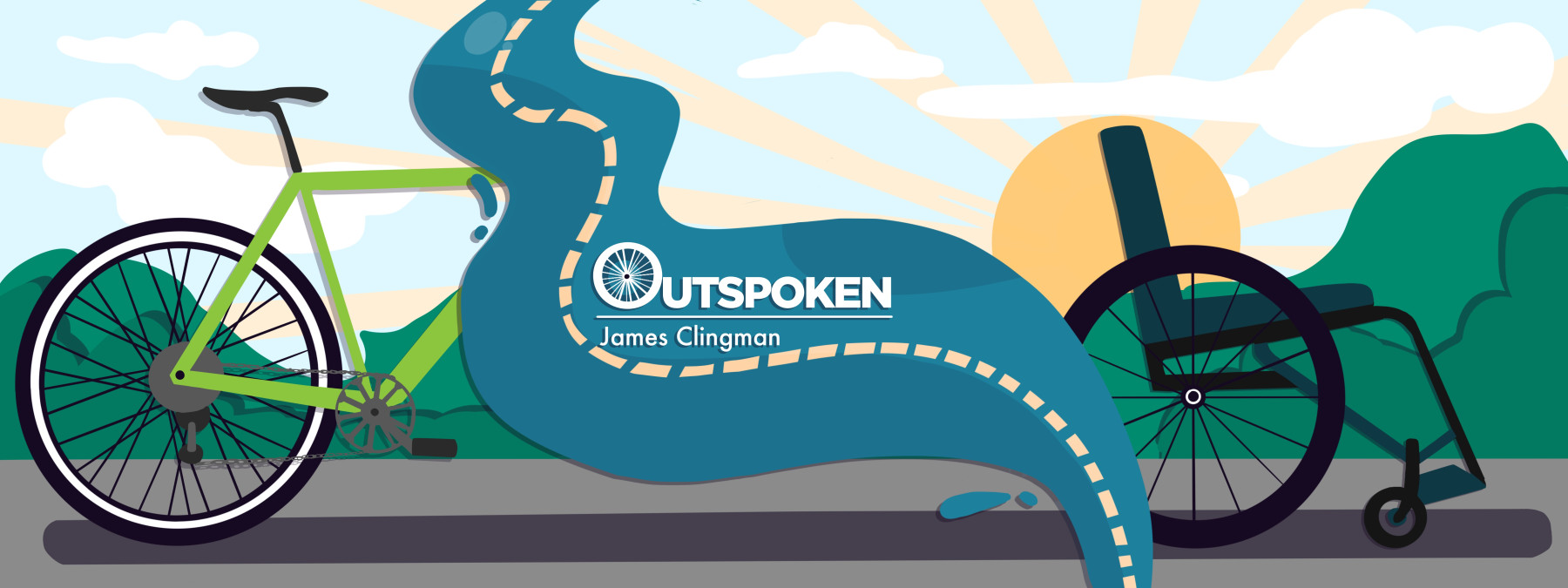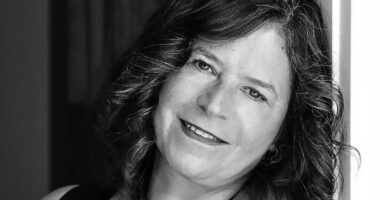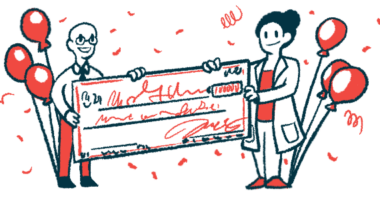A Universe of Possibilities Occur in That One Last Breath
Columnist James Clingman explains what it's like struggling to breathe

Have you ever thought about what a single breath means to you? What you can do in one breath? What you can say with one breath? What or whom you can see during one breath? We who suffer from respiratory problems give considerable thought to these questions.
On three occasions a few months ago, I had to gasp for one more breath — once in April and twice in back-to-back episodes in June. My body, mind, and spirit said, “Uh-oh, I think this is it.” I couldn’t catch my breath and lost consciousness. All I wanted during those three incidents was to have one more breath.
I wanted one more breath to say goodbye to my wife, and one more breath to say goodbye to my daughter. Just one more breath became my overwhelming desire. Although they both know that I have been spiritually prepared for much longer than I have been sick, what they didn’t know was that I wasn’t ready. There is a big difference between those two states of mind.
I remember a line in the movie “Gladiator,” when Djimon Hounsou’s character speaks to a fellow gladiator who died, saying he would see him later, but “not yet.” He was prepared but not ready.
Struggling for one more breath conjures up memories for me of making it to the top of a mountain on my bicycle. I wanted one more breath and one more gear to finish the climb. I was ready to make the climb, but apparently not sufficiently prepared.
My first near-death incident was caused by a power outage, which prevented my breathing machine from working. We have since obtained a machine with a battery backup. The other two incidents were due to my breathing machine not being attached to me quickly enough — once due to a malfunction, and the other time because of a delay in getting a respiratory therapist to attend to me.
These harrowing experiences have affected me psychologically, creating an anxiety I have tried to shake ever since. I turned to an emotional expert and a hypnotist for help, with a modicum of success. But it is still very difficult to keep my breathing mask off unless my wife or attendant is nearby. Should we call it post-traumatic breathing disorder?
With my partial pressure of carbon dioxide hitting 99 mmHg (a normal level is between 40 and 45 mmHg), I was told that I should either be brain-dead or should not have survived at all. But God clearly wanted me around for yet another assignment.
Observations and important lessons
Beyond all of the trauma and drama, I learned two lessons. One is about the different ways that hospital staff treat their patients. Some go the extra mile for their patients. Others seem nonchalant about responding to a patient’s needs. I believe those in the latter group don’t really listen to their patients or take us as seriously as our condition demands.
Additionally, some credentialed people in that group are unwilling to acknowledge that a patient may know more about their own body than the professionals. You would think that being able to voice your needs would be of greater use to people who are unfamiliar with your care. But it only matters if they are willing to listen and respond accordingly. It saddens me more to know that some ALS patients aren’t able to vocalize their wants and needs.
To the folks who choose not to listen to their patients, I say that people don’t care how much you know until you show them how much you care. Lasting impressions are everything. As writer and poet Maya Angelou observed, “I’ve learned that people will forget what you said, people will forget what you did, but people will never forget how you made them feel.” That’s how you show you care.
The other lesson that was powerfully reinforced in me is how important the small things in our lives are. Imagine how much we can do with one breath: a hug, a glance, a touch, or saying “I love you,” “forgive me,” “thank you,” “have mercy,” or “I’m sorry.” All of these things and more are often taken for granted and can be done with just one more breath.
Note: ALS News Today is strictly a news and information website about the disease. It does not provide medical advice, diagnosis, or treatment. This content is not intended to be a substitute for professional medical advice, diagnosis, or treatment. Always seek the advice of your physician or other qualified health provider with any questions you may have regarding a medical condition. Never disregard professional medical advice or delay in seeking it because of something you have read on this website. The opinions expressed in this column are not those of ALS News Today or its parent company, Bionews, and are intended to spark discussion about issues pertaining to ALS.








Roxanne Kusske
I wish you many many more breaths Jim! My husband took his last breath November 4th, 2021. I miss him so much!
Dan
Great message. Enjoyed your story. Hang in there James!
Dan - PALS 1996
Pete Caluori
I know exactly what you’re saying! Earlier this year I spent 2 weeks in the hospital after I was admitted with nearly 200 CO2 that I never knew about! Luckily, I was diagnosed quickly and put on a NIV that brought my CO2 down to normal. Now I live most of my day and night on a NIV!
Jennifer O'Connor
Thank you for this article! Well done!